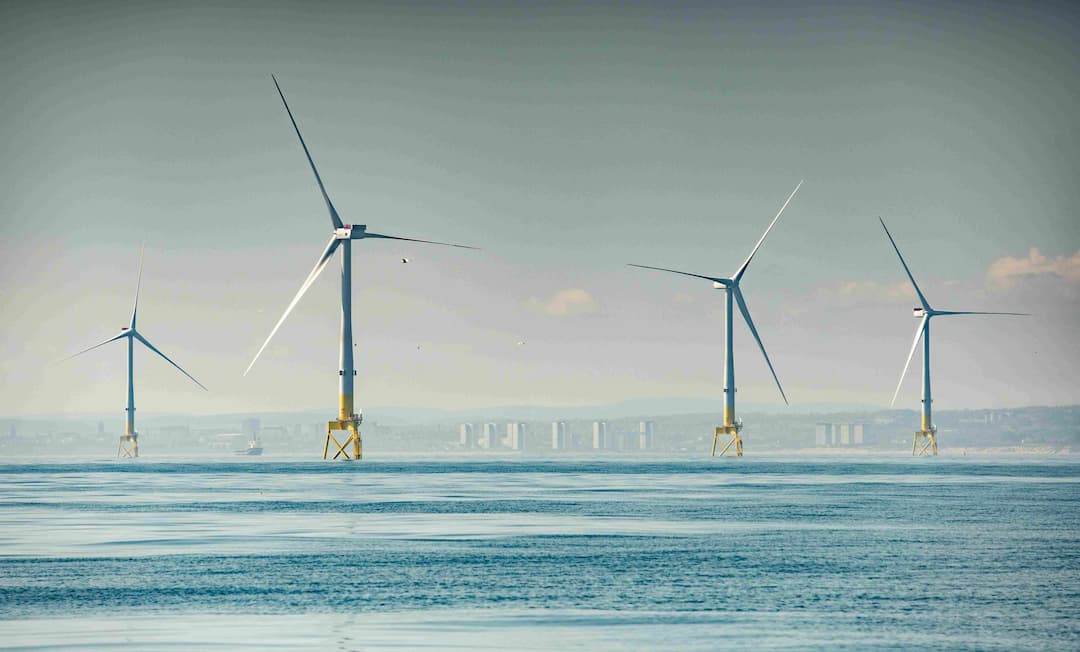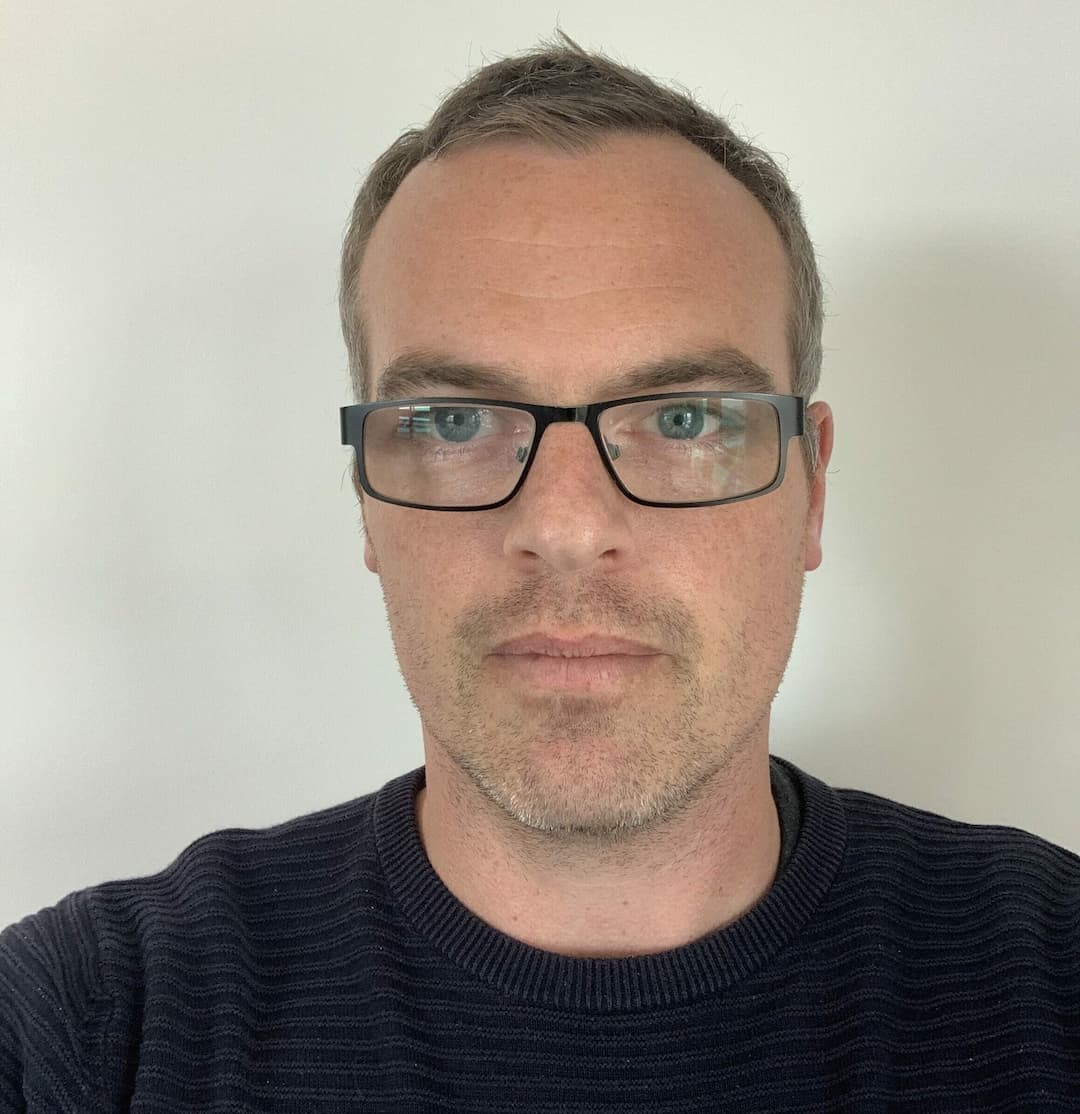The challenge
We work closely with Vattenfall under a multi-year partnership agreement, supporting UK supply chain companies to test, validate and derisk their pre-commercial innovative technologies at Vattenfall’s 11-turbine wind farm, 2.5km off the Aberdeen coast.
As with most offshore wind farms, adverse weather, especially that which is not forecast, can cause logistical challenges such as the use of Crew Transfer Vessels (CTVs) which have the crucial task of safely transferring maintenance personnel to turbines. As part of this partnership, a company called Miros Group has systematically installed wave measurement sensors designed to deliver more accurate understanding of variable wave conditions. Pivotal to success was the installation of Miros’ recently-developed wave radar, ‘WaveFusion’.
Forecast vs reality
National and international weather forecasts cannot provide the same degree of spatial and time resolution data as metocean sensors such as Miros Group’s ‘Wave Fusion’ system which measures local conditions on-site, in real-time.
It can prove challenging for developers to programme offshore operations based solely on weather forecasts since local metocean conditions can deviate from forecasts, resulting in overly-optimistic assessments of conditions on site.
When weather forecasts overestimate conditions, operations may have to be postponed when actual conditions prove inoperable. Conversely, forecasts that underestimate adverse weather conditions can expose offshore crews to elevated safety risks, increased incidences of sea sickness, and forced cancellations of transfers with accompanying cost, safety and environmental implications.
Solution delivering added value
Having access to real-time sea state measurements provides developers with the flexibility and agility to conduct more accurate weather-dependent operations, both safely and efficiently.
Harnessing advanced, secure cloud-enabled monitoring solutions, such as ‘Miros Forecast’, delivers visualisations of ocean condition forecasts and real-time conditions. Personalised alerts can be created for each scenario, enabling a proactive response when specific wave conditions surpass predefined limits designed to ensure the safety of personnel and offshore assets.
Miros’ wave sensors are capable of continuously feeding real-time data to weather forecast providers, helping to fine-tune forecasts in line with higher-resolution measurements taken from site. Vattenfall’s teams have found that enhanced forecast accuracy has delivered added value for their offshore operations.
The combination of real-time and forecast wave data also helps vessel captains to stay vigilant and ahead of environmental conditions – paramount in ensuring safety, efficiency, and cost-effectiveness.
Impact and added value
Instant access to relevant, local data, 24/7 facilitates better planning and improved communication between the offshore crew and onshore teams in the control room, with all parties able to remotely access the same data in parallel using multiple platforms.
Operational disruptions and unforeseen costs can be minimised through accurate monitoring and identification of weather patterns, ensuring smooth transfers with enhanced safety and personal wellbeing, helping to maintain project timelines.
Reliable real-time measurements support cost efficiency and sustainability. Developers and operators who utilise real-time sea state measurements can more readily optimise resources, minimising unnecessary crew deployments and wasted fuel consumption, in turn reducing the operational costs and potential environmental impacts associated with maintaining offshore wind farms.
ORE Catapult support
Under the Vattenfall Collaboration Programme, ORE Catapult supported Miros Group by brokering the initial introduction to Vattenfall and, most importantly, to the appropriate stakeholders capable of supporting their proposed demonstration at Aberdeen Bay.
With Vattenfall engaged, ORE Catapult managed the acquisition of all environmental permits and the communications regulator, OFCOM licences required for the installation of the Wave Fusion system. Additionally, ORE Catapult dealt with statutory decommissioning attest submissions on conclusion of the demonstration period.
Further support was provided through co-development of a case study with Vattenfall and Miros Group to help maximise exposure of this successful demonstration campaign and the Wave Fusion technology to the broader offshore renewable energy Industry.
* Based on original copy, courtesy of Miros Group


